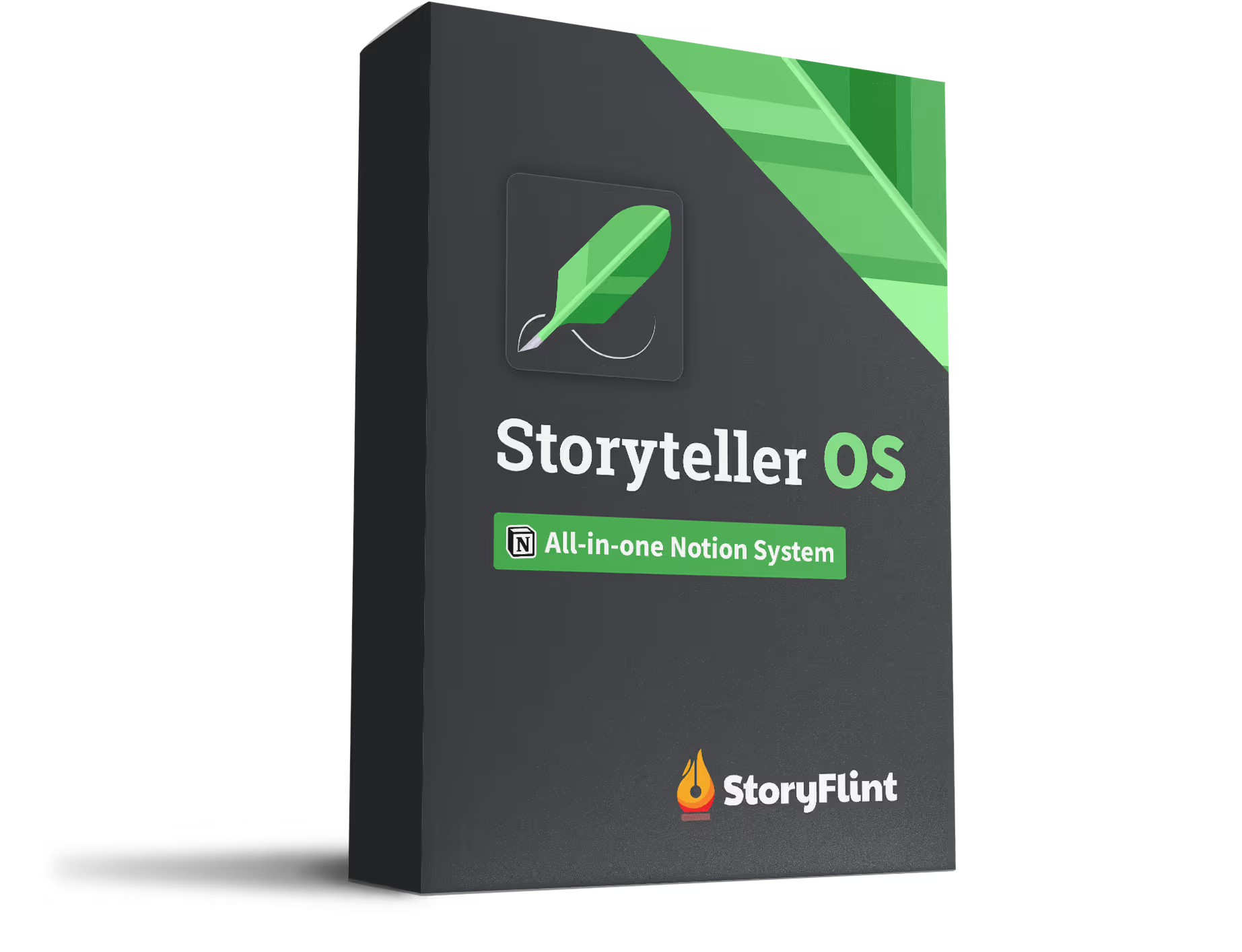Why Your World Isn’t Sticking with Your Audience
Let’s be honest. A detailed world is cool.
But a world that makes your audience feel something? That’s unforgettable.
Too many stories spend paragraphs describing cool tech or sweeping mountains—and somehow it all still feels flat. Not because the writer isn’t trying. But because the emotional layer is missing.
This guide will show you how to build a world that doesn’t just impress—it hits your audience in the gut.
Make Your World Matter to the Character
Stop describing things in isolation.
Instead, filter every detail through your character’s eyes.
How does this marketplace make them feel? What does this city remind them of? If it doesn’t mean something to your character, it probably won’t mean much to your audience either.
This doesn’t mean everything has to be a trauma trigger.
But it should reflect or challenge your character’s worldview.
- A rebel should feel stifled by tradition
- A grieving character should feel haunted by beauty
- A wide-eyed newcomer should be overwhelmed by wonder
That emotional reaction is the connection point.
Let the World Push Back
Worlds should want something.
A good fictional world doesn’t just sit there like set dressing. It pushes, pulls, and complicates.
It should get in the way of your character’s goals. Or tempt them. Or break them a little.
Maybe there’s a rule they hate. A system they can’t beat. Or a legend they believe too much.
That tension between the character and the world creates organic conflict—the good kind that doesn’t need plot gymnastics to justify.
And it makes your world feel alive.
Design with Emotion First
Instead of asking:
"What does this place look like?"
Ask:
"What should this place feel like?"
Should it feel oppressive? Hopeful? Lonely?
When you start there, the physical design follows. You pick the right weather, the right sounds, the right social norms—all built to serve that emotional tone.
Suddenly, you're not just building a city. You're building a mood your audience can live inside.
Layer Emotion Into Every Reveal
Worldbuilding should be felt, not dumped.
Which means you have to show it through the cracks:
- The way a guard refuses eye contact with your main character
- The way kids whisper a name like it’s cursed
- The way someone flinches when a song starts playing
These are small emotional clues that say way more than a paragraph of lore ever could.
And yeah, it takes some restraint. But it also builds curiosity.
Let your audience wonder why the world is the way it is, then feed them emotional answers through character reactions.
The World Is a Mirror
Here’s the real trick: the world should reflect your story’s theme.
Is this a story about grief? The world should hold echoes of that.
Is this a story about freedom? The world should feel like a cage at first.
Is this a story about identity? Then let the world challenge and confuse the character until they claim it.
That alignment between world and theme makes your setting more than a backdrop. It makes it a force.
Want to Dig Deeper?
Read this article on How to Create a World Building Bible.
It’s a simple but powerful guide to organizing your world notes—without getting overwhelmed by lore or logistics.
If your setting is starting to feel more like a cluttered junk drawer than a useful tool, this will help you sort what matters and tie it all to your story.




